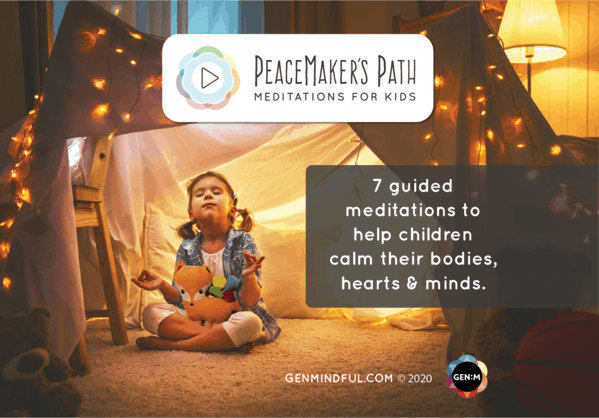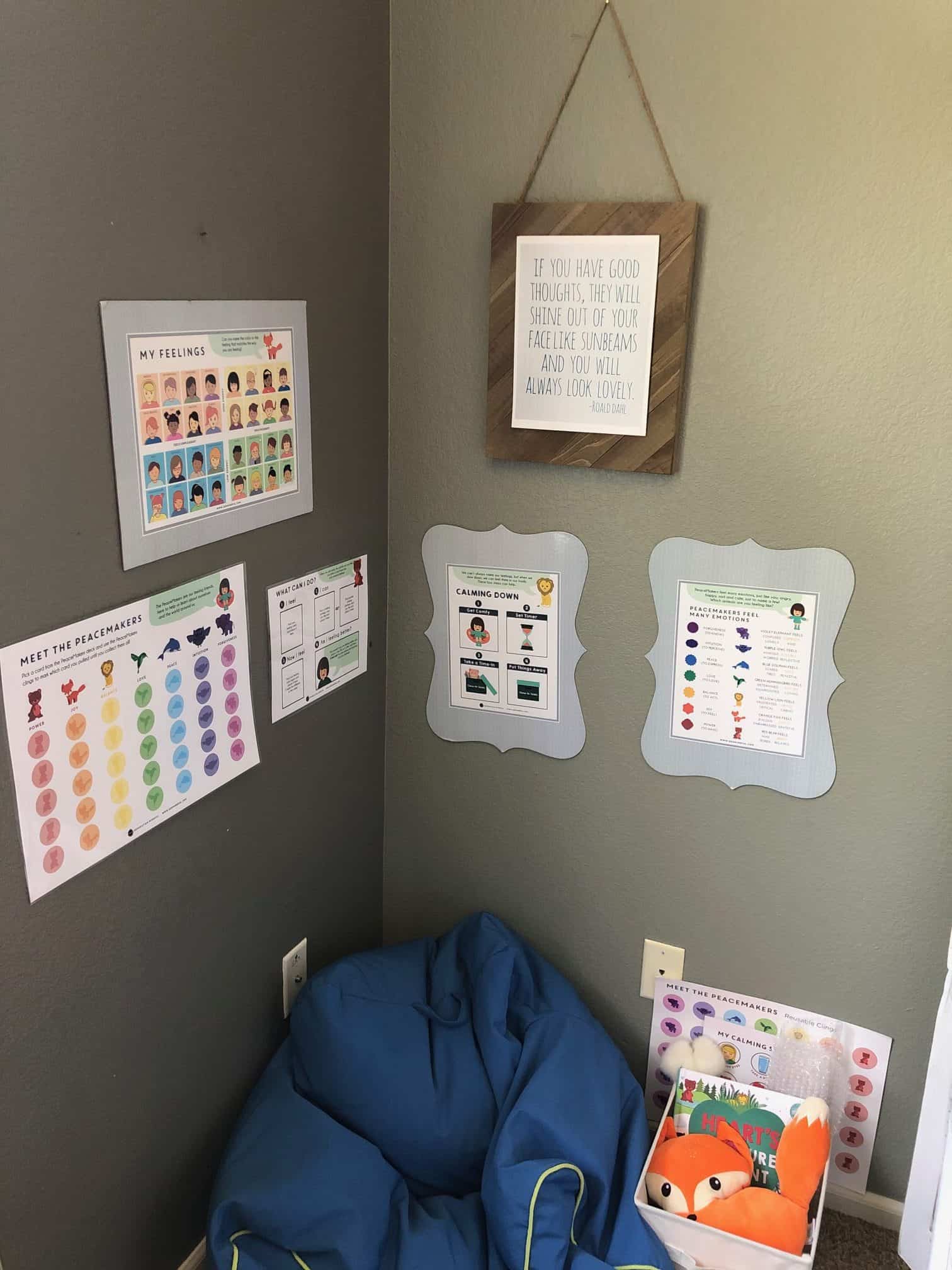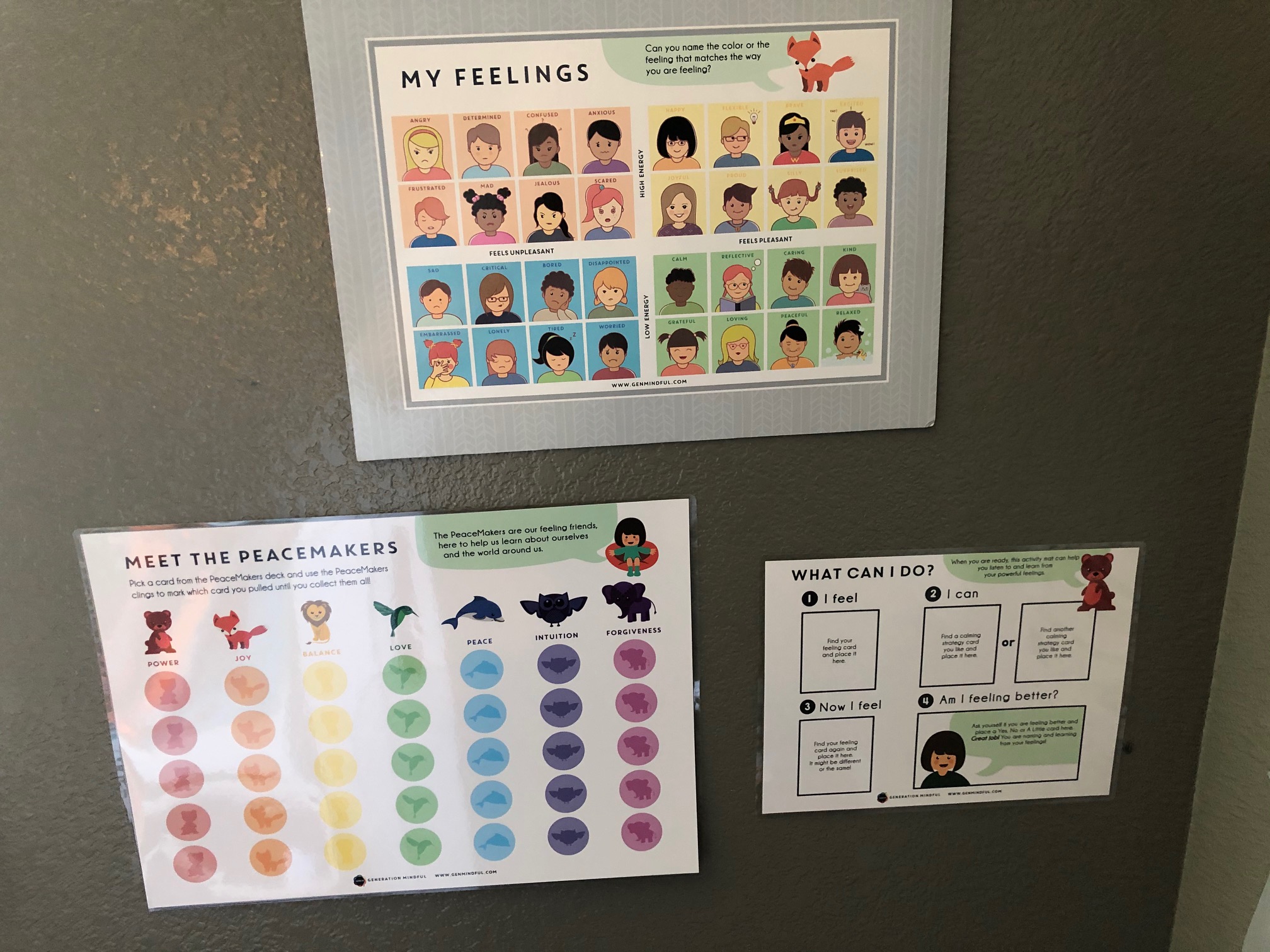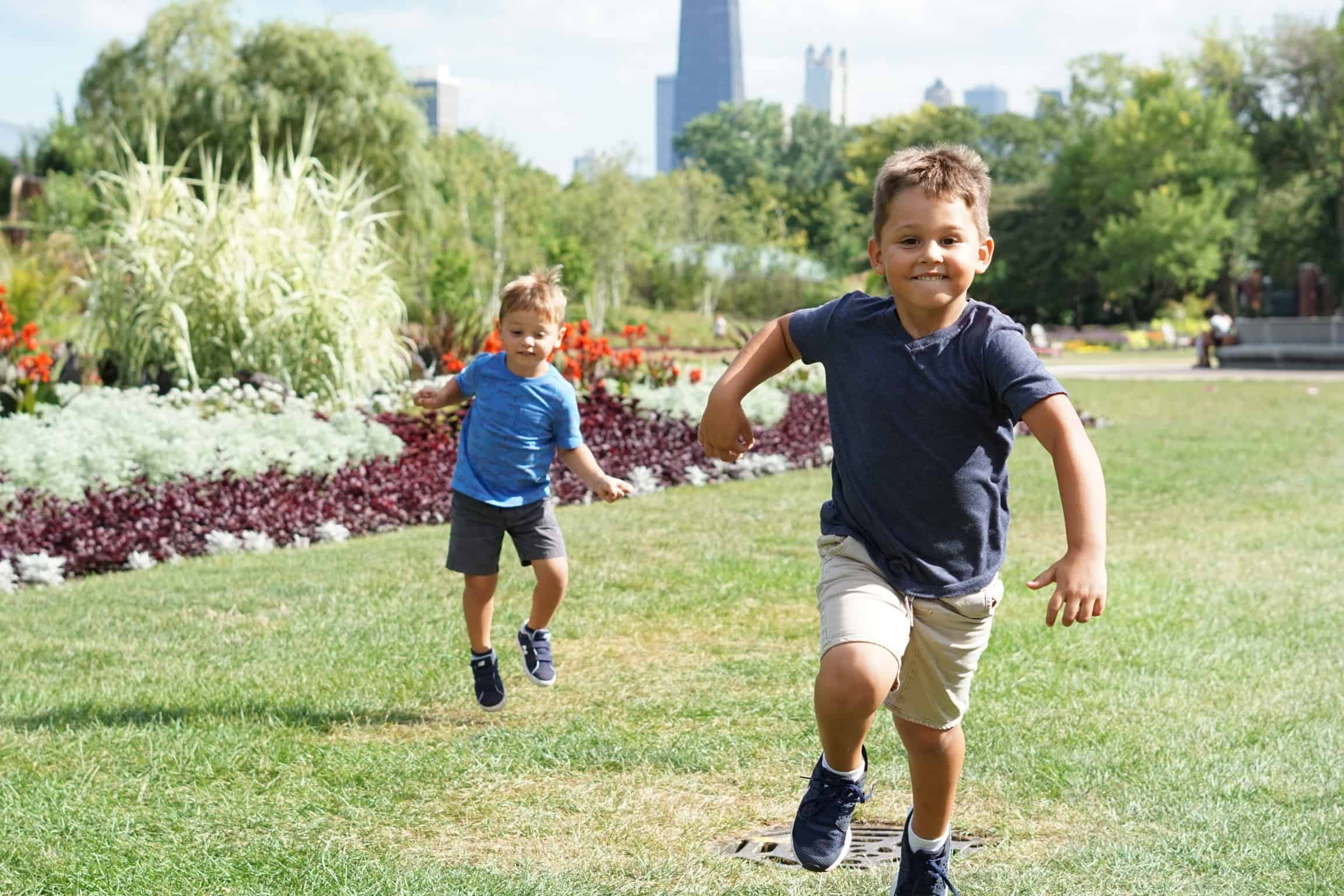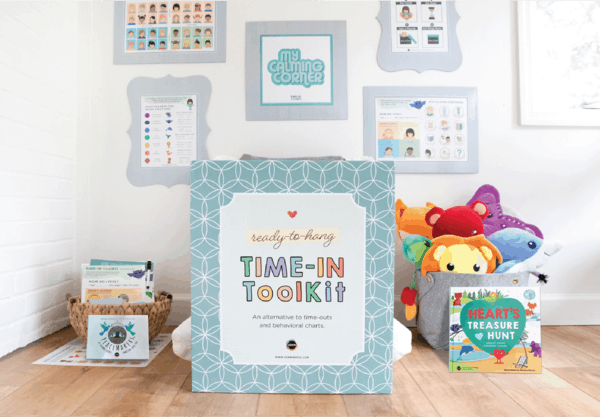[ad_1]
Sneak peek: These calm actions would possibly assist youngsters uncover methods to deal with huge emotions, every throughout the classroom and at home.
I walked into my son’s kindergarten class to volunteer for the first time and was a bit surprised. Among the many devices appeared acquainted from my very personal college days–a play kitchen and cash register, a great deal of blocks and markers. Many points had been new, the truth is. An enormous-screen TV on the wall, huge tables the place groups of students labored collectively instead of explicit particular person desks.
I settled in to help the trainer. She outlined an process after which school college students went off to work–some at tables and some, to my shock, beneath a desk.
I rapidly realized that this house was what the lecturers known as a “cave home.” This positively didn’t exist as soon as I used to be in kindergarten, in addition to all through nap time (which moreover not exists in kindergarten). Principally, the cave home is a quieter, barely secluded home the place youngsters would possibly work. Come to look out out, all the varsity rooms throughout the college have these designated areas. Children can use cave areas after they need a quiet home, a spot to do calm actions, or just some time alone. Now that I’ve realized additional regarding the science of social-emotional progress in youngsters, I see the brilliance of the cave home.
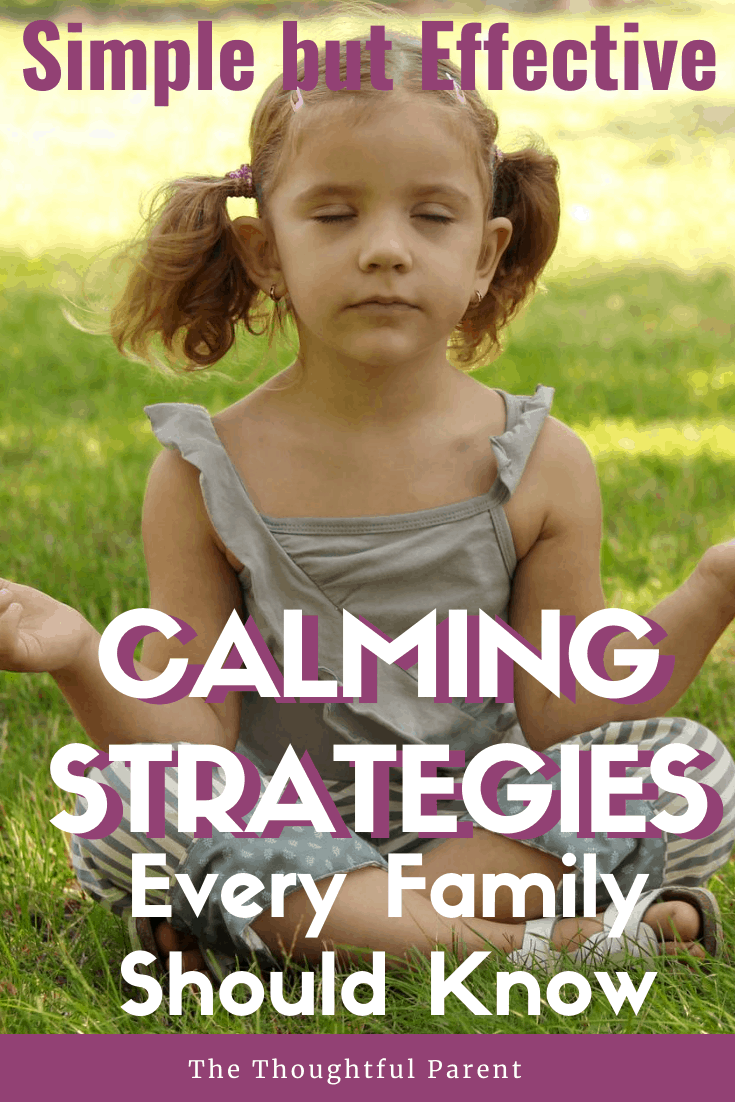
Calm Actions at College and Dwelling
Fast forward a variety of years and many individuals are schooling at home (not exactly homeschooling). Like many youngsters internationally, my youngsters are doing their public college curriculum nevertheless at-home on-line. As soon as we first started this course of ultimate spring, I believed at-home learning might be an end to the dreaded after-school meltdowns.
Nonetheless no.
Now the after-school meltdown would possibly happen at any time of day. Nonetheless why?
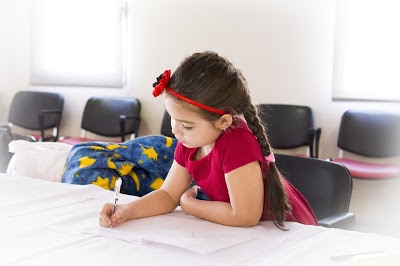
*This publish accommodates affiliate hyperlinks. Shopping for by these hyperlinks gives a small charge to me (at no added worth to you).
Why Do Children Have Meltdowns?
Each toddler is unique, the truth is, so that you acknowledge your toddler best. Emotional meltdowns can happen for main causes like hunger, fatigue, huge changes in routine, and so forth. Most mom and father have an outstanding sense about these are they’re easier to take care of given that provide of the meltdown is a main need that could be met fairly merely.
Previous these main needs, meltdowns in youngsters can occur for a variety of various, a lot much less obvious, causes:
Lack of self-regulation experience
Everytime you really give it some thought, self-regulation is a reasonably superior expertise. When you’ll regulate your emotions, chances are you’ll inhibit just a few of your quick responses to robust situations. As an illustration, if an grownup stubs her toe on a chair, she might yell out for a second in ache, nevertheless usually is able to uncover calm actions to convey herself once more to common functioning pretty shortly. Then once more, in case your toddler stubs her toe, a 20+ minute emotional meltdown can occur. Why?
Youthful children’s brains won’t be however mature adequate to take care of these huge emotions correctly and inhibit hardly any of their quick emotional reactions. Within the occasion that they actually really feel it, they usually categorical it (sometimes loudly). They don’t however have the emotional maturity to handle these impulses correctly. The good news is that with observe and steering these experience could also be realized (plus a variety of additional years of maturity helps).
Lack of information of emotions
As adults, we take our understanding of emotions with no consideration nevertheless youthful children haven’t however realized these lessons. As soon as they actually really feel huge emotions like anger or unhappiness, they’re going to turn into confused and even scared about how they’re feeling.
They merely don’t have adequate life experience to know, for example, that the shaky, clammy feeling is from being scared or that type of scorching, energized feeling is anger. Youthful children merely react to their setting and their our our bodies’ responses.
Related learning: Surprisingly Helpful Calming Actions for Large-Energetic Children
Overstimulation
Youthful youngsters significantly, nevertheless even older children (and adults) sometimes meltdown because of overstimulation. Overstimulation can come from an extreme quantity of noise, an extreme quantity of show display time (good day, digital learning), too many people, or completely different parts.
We’ve all expert that feeling of overstimulation. Many individuals are possibly feeling it sometimes all through these pandemic days of Zoom calls and children begging for our consideration. Children experience this too and are even a lot much less capable of coping with it. Based on a child’s temperament, they may turn into overstimulated type of merely. Having calm actions on the market for youngsters all through these cases is important.
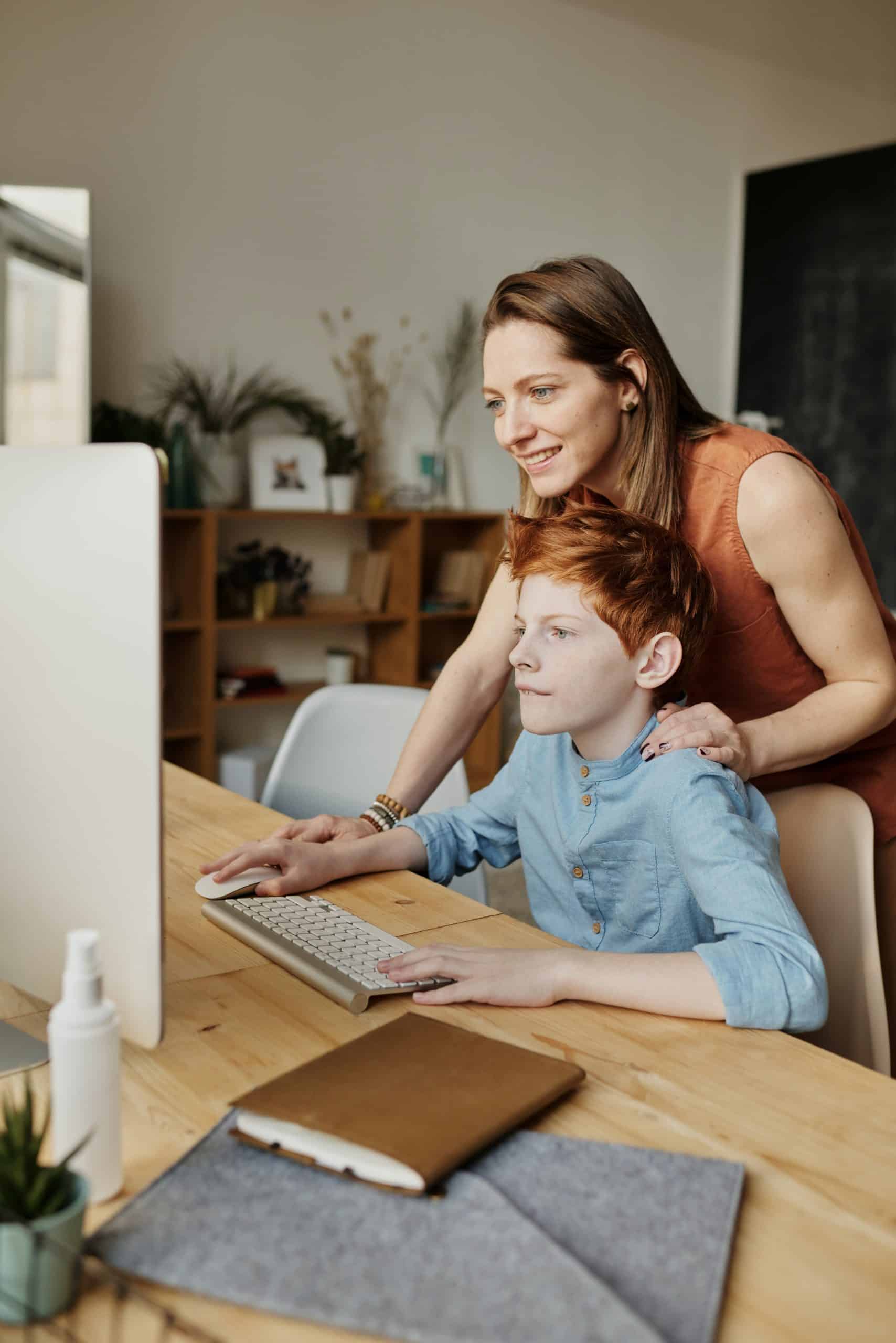
What are Some Calm Actions for Children?
The aim of getting calm actions on the market for youngsters will not be solely a “touchy-feely” technique to parenting (positive, I hear these questioners in the marketplace 🙂 The precise idea of these calming strategies is that they help deal with the underlying need or lacking expertise that causes meltdowns. If we are going to foster the skills youngsters wish to raised take care of huge emotions, then meltdowns and emotional outbursts will start to subside.
Modeling
This idea is main nevertheless it really works! We’re capable of model self-regulation and coping for our youngsters by coaching it ourselves. It might be troublesome at cases to handle our private emotions, significantly when our youngsters are combating their very personal emotional breakdown. Over time, nonetheless, if we are going to model one of the best ways to categorical emotions in strategies relevant to the state of affairs, our youngsters will uncover.
Plus, evaluation does once more this up. Analysis have confirmed that folks who’re inclined to overreact to toddler tantrums normally are inclined to have youngsters who proceed combating emotional outbursts for years. Whereas completely different parts, like genetics, could also be at play proper right here, the message is apparent–modeling emotional regulation points for youngsters.
The look at’s author described it this style,
“Dad and mother’ means to manage themselves and to remain company, assured and by no means over-react is a key method they may assist their children to change their habits,” she acknowledged. “You set the occasion as a dad or mum in your private emotions and reactions.”
Why it actually works
- Modeling works because of mom and father are the primary emotional attachment for youngsters. We and our youngsters are emotionally linked. This is usually a important part of healthful attachment nevertheless it moreover means youngsters are acutely tuned to our emotional state too. If we are going to hold calm, the connection acts as a regulating drive for the youngsters. Over time, youngsters will develop their very personal strategies and calm actions that work for them, nevertheless whereas they’re youthful, we act as an exterior regulating drive for them.

Calming Nook
Merely as my experience in my son’s kindergarten classroom displays, the presence of a “cave home” or calming nook can really help youngsters be taught self-regulation. The perfect half about this calming method is that it might be prepare at a school or at home.
With the start of at-home learning, we simply recently prepare a calming nook in our home. It’s a really good place for my boys (ages 7 and 11) to take a break from screens and quiet down or just loosen up. It comprises ready-to-hang (no frames needed!) posters that provide concepts for calm actions, a pleasing comfy bean-bag chair, a stuffy and some sensory devices that may be utilized for calming like this motion bubble timer and bubble wrap to pop (so fulfilling!).
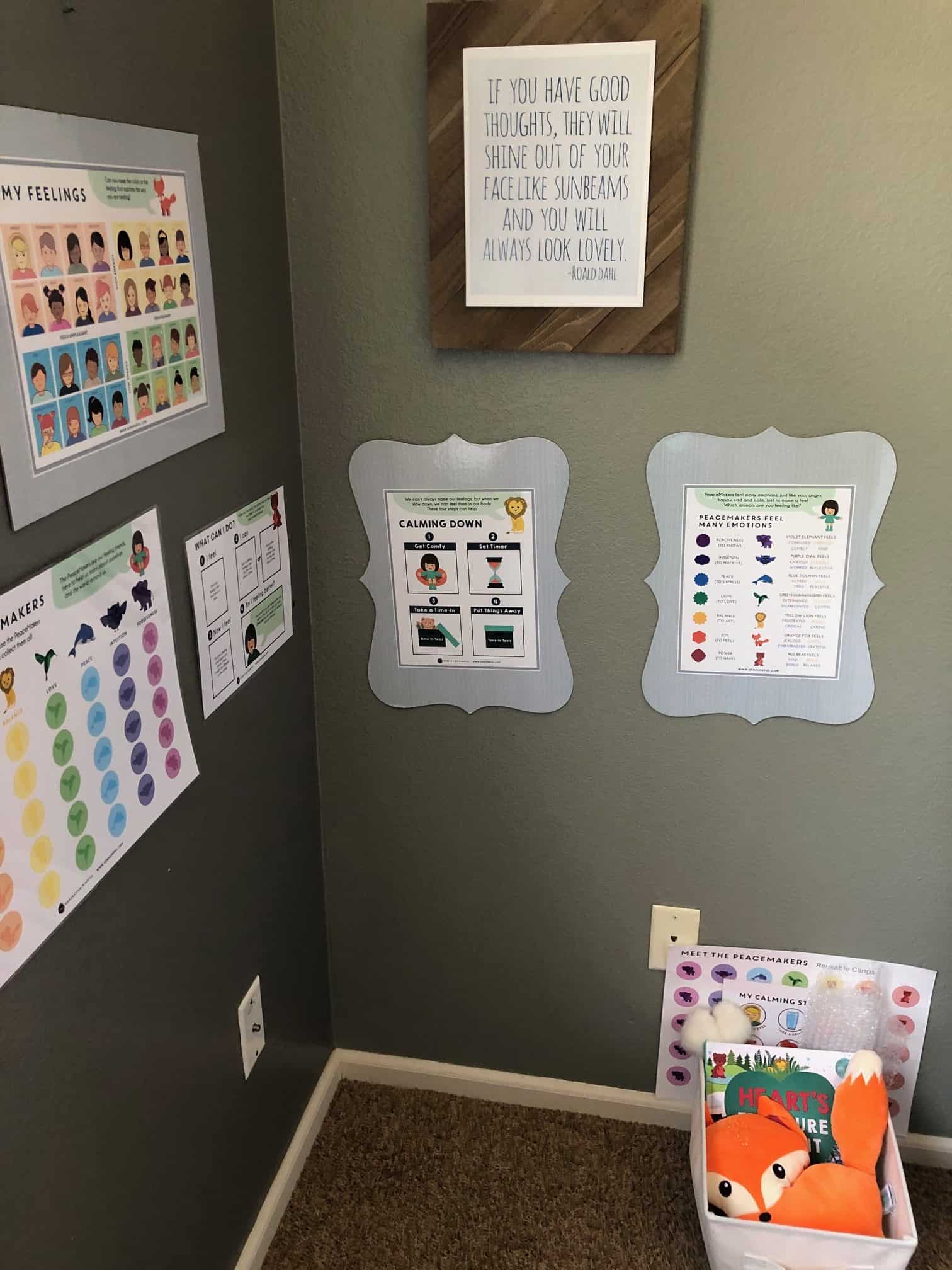 Why it actually works
Why it actually works
- A specified place, like a relaxing nook, works to help youngsters be taught self-regulation primarily by observe and seen cues. This calm train gives youngsters the time and home needed to watch their very personal self-regulation. They’ll resolve which actions help calm them down and over time, they’re going to turn into increased at recognizing their very personal emotions and one of the best ways to take care of them. The seen cues of the posters are an added helpful useful resource to help them take care of their emotions. The posters current youngsters the fully completely different emotions they might be feeling and supply some ideas for calming. Evaluation displays that seen cues equal to facial options taking part in playing cards could also be useful in serving to youngsters improve their emotional recognition.
Movement
Perhaps among the troublesome sides of at-home learning is the reality that it’s quite simple for youngsters to not get adequate movement of their day. Although our school schedules in a variety of movement breaks all by the day, it’s nonetheless in all probability not adequate to keep up youngsters’ our our bodies and minds healthful. I’ve even found my super-active, baseball-playing 11-year-old glued to his laptop computer pc for too many hours because of he merely needs to get the schoolwork DONE.
Widespread movement breaks all by the day, not merely on the end of the day, might be an awesome calming train for youngsters. Although it’s counterintuitive to imagine that movement could also be calming, it really does work. If my youngsters are on the verge of an emotional breakdown, a quick stroll throughout the block or a run up and down the steps can swap their moods shortly.
Why it Works
- Although we don’t sometimes think about the hyperlink between the physique and the ideas, they’re inextricably linked. Analysis current that altering the movement of the physique and the depth of practice produces all sorts of changes throughout the physique. These changes, equal to the discharge of endorphins and changes in neurotransmitters are linked to raised feelings, along with a reduction in stress and nervousness.
Whether or not or not at school or home (or college at home), most kids battle at cases with managing huge emotions and dealing with stress. As mom and father, the reply is to not push aside these struggles or ignore them. As an alternative, we are going to present them a toolbox of strategies to help foster self-regulation and emotional experience that will info them by these challenges and people of the long term.
Related Property:
Uncover Calming Nook gives proper right here
[ad_2]
Provide hyperlink
